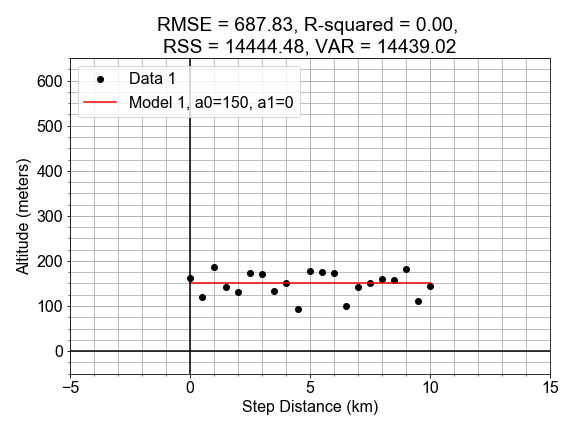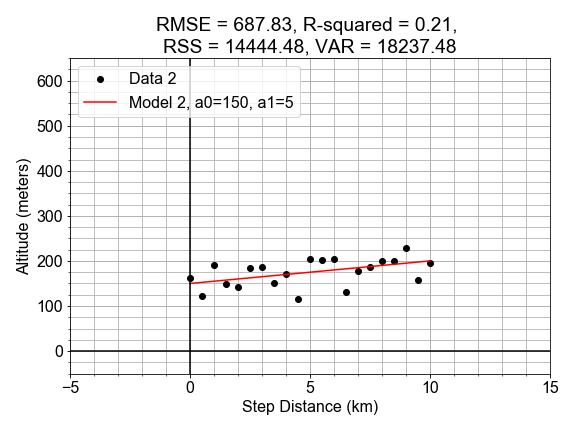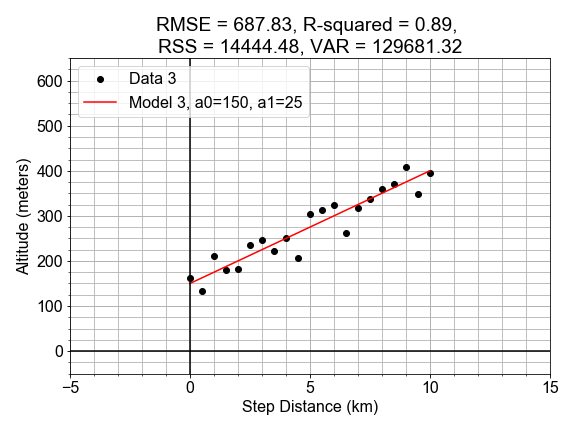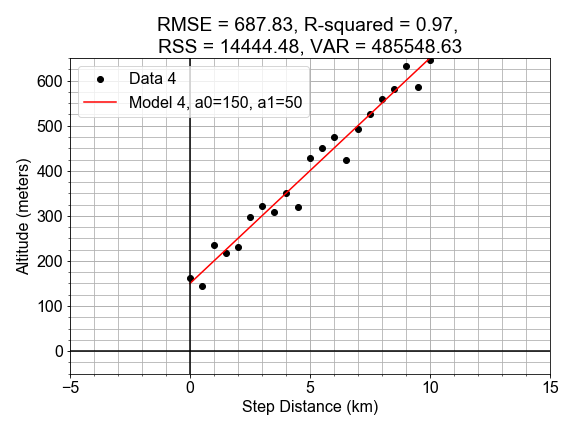Goodness-of-Fit
Introduction to Linear Modeling in Python

Jason Vestuto
Data Scientist
3 Different R's
Building Models:
- RSS
Evaluating Models:
- RMSE
- R-squared
RMSE
residuals = y_model - y_data
RSS = np.sum( np.square(residuals) )
mean_squared_residuals = np.sum( np.square(residuals) ) / len(residuals)
MSE = np.mean( np.square(residuals) )
RMSE = np.sqrt(np.mean( np.square(residuals)))
RMSE = np.std(residuals)
R-Squared in Code
Deviations:
deviations = np.mean(y_data) - y_data
VAR = np.sum(np.square(deviations))
Residuals:
residuals = y_model - y_data
RSS = np.sum(np.square(residuals))
R-squared:
r_squared = 1 - (RSS / VAR)
r = correlation(y_data, y_model)
R-Squared in Data

R-Squared in Data

R-Squared in Data

R-Squared in Data

RMSE vs R-Squared
- RMSE: how much variation is residual
- R-squared: what fraction of variation is linear
Let's practice!
Introduction to Linear Modeling in Python

